If you’ve been watching the rules around e-bikes in the UK, you might have heard about the government’s recent consultation on possible changes. The Department for Transport (DfT) was looking into two major updates, which are part of a broader framework of regulation and standards aimed at enhancing the biking environment
If you are not familiar with the current UK electric bike law we have a page about that too. Which includes guidelines and requirements for the road use of these vehicles, we have a page about that too. f you own an e-bike and want to check if it’s legal for UK roads, you can use our E-Bike Legality Checker here.
- Bumping up the legal motor power limit from 250W to 500W.
- Allowing e-bikes with throttles to go up to 15.5 mph (25 km/h) without needing type approval.
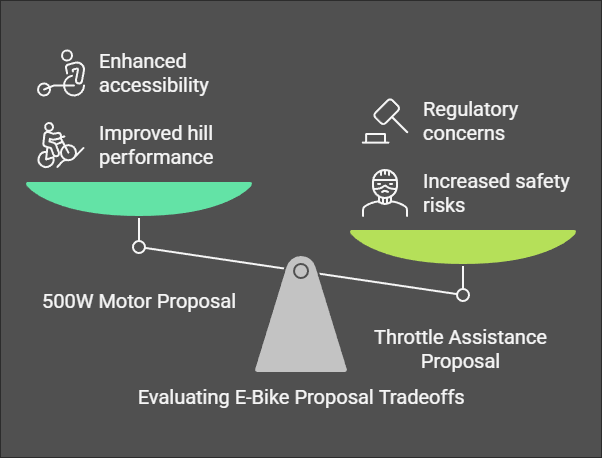
These proposals got a lot of feedback, with over 2,100 responses from everyday riders, retailers, local authorities, safety experts, and cycling groups.
The 500W Motor Proposal Some riders were excited about this change, with 47.6% supporting it. The main arguments for increasing motor power were:
- Better performance on hills – especially for heavier riders and cargo bikes.
- A boost for disabled and older cyclists, making e-bikes a more viable option.
- Encouraging more people to switch to e-bikes, cutting emissions and congestion.
- Less incentive to modify bikes illegally since riders wouldn’t feel the need for workarounds.
But opposition was slightly stronger, with 51.3% against it, citing concerns such as the potential for increased risk and non-compliance with international standards for e-bike use and safety.
- Safety risks – more power could mean more accidents, especially with heavier bikes.
- Fire hazards – bigger batteries can increase the risk of overheating.
- Regulatory worries – more powerful e-bikes might end up being treated like mopeds, requiring insurance and registration.
The Throttle Assistance Proposal This one was a bit more divisive. 43.8% were in favour, saying that higher throttle speeds would enhance the riding experience and provide an easier transition environment for new riders.
- Help disabled riders and those with mobility issues.
- Make e-bikes more appealing as an alternative to cars.
- Reduce the temptation to tamper with e-bike speed limits.
However, 52.9% opposed the idea, arguing that it might complicate the licensing requirements or undermine the current safety framework meant to protect both riders and pedestrians.
- It could blur the line between e-bikes and mopeds, potentially leading to tougher restrictions.
- Pedal-assist cycling has health benefits, while full-throttle riding doesn’t.
- Some feared anti-social behaviour concerns were raised about delivery riders using high-speed e-bikes recklessly.
What Industry Groups Had to Say
- Safety organizations, police, and many local authorities weren’t keen on either proposal.
- E-bike retailers and accessibility groups were split—some saw benefits, while others feared stricter regulations.
- Delivery and cargo bike companies were more supportive of the 500W increase, saying it would help them operate more efficiently.
The Government’s Decision: No Changes for Now After going through all the feedback, the DfT decided not to move forward with either proposal. The key reasons were related to the challenges in the implementation of new regulations within the existing legislative framework and maintaining safety standards.
- Not enough solid evidence to justify the changes.
- Major opposition from key organizations, particularly on safety grounds.
- Concerns about unintended consequences, such as an increase in tampering, accidents, and potential reclassification of e-bikes as mopeds.
So What’s Next? The government has left the door open for future discussions, especially if e-bike laws get wrapped into broader micromobility regulations. Such developments might also consider the infrastructure and data required for effective road use and compliance. But for now, the rules stay the same:
- 250W maximum motor power.
- Throttle assistance stays limited to 3.73 mph (6 km/h) unless the bike is type-approved.
- Maximum assisted speed remains 15.5 mph (25 km/h).
For e-bike fans hoping for more power or full-throttle riding, this might be a disappointment. But for now, UK riders will have to keep rolling with the current rules.
The Problem with These Government Regulations and Decisions
They are painfully slow to react to the electric bike and scooter boom. Early adoption and proper regulation could have helped reduce traffic congestion and might have even generated more revenue for the government.
But hey, what do I know, right?
My Thoughts on Government Policy
I accept that the faster people ride bikes, the greater the risk of serious injury in a crash, and the higher the chances of hitting someone. These concerns are valid.
However, the current law is completely counterproductive. My main argument against these ridiculous regulations and they are ridiculous is that you can buy a car with an engine of any size, yet for bikes, we have some arbitrary power limit. I accept that there should be a limit, but it should be based on speed, not motor size.
Most e-bike motors today aren’t actually 250-watt motors. Instead, they’re larger motors that have been restricted through software or hardware to behave like a 250-watt motor. This is the most cost-effective and practical solution. Technically, it’s against the law, but it’s also a completely nonsensical restriction.
What frustrates me most isn’t just how this affects people like me but also those with mobility issues who don’t have the means to own a car. For them, e-bikes and even scooters can be life-changing.
Yes, there will always be idiots who misuse them that’s inevitable. But refusing to update this law isn’t going to stop that from happening.
The good news this week is the removal of the anti-dumping from China-imported bikes
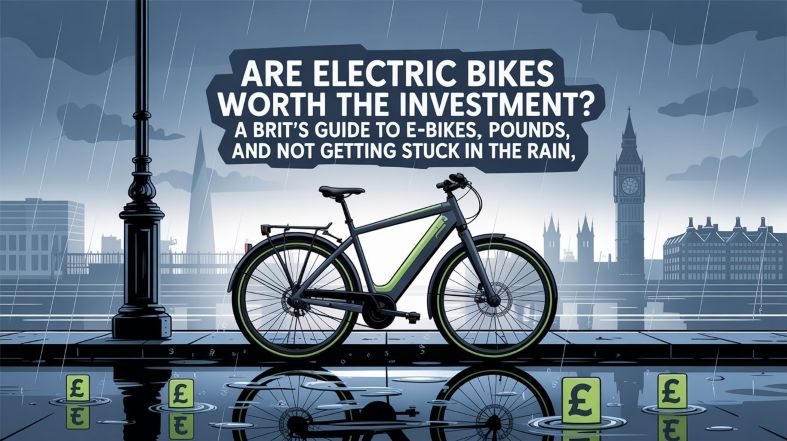
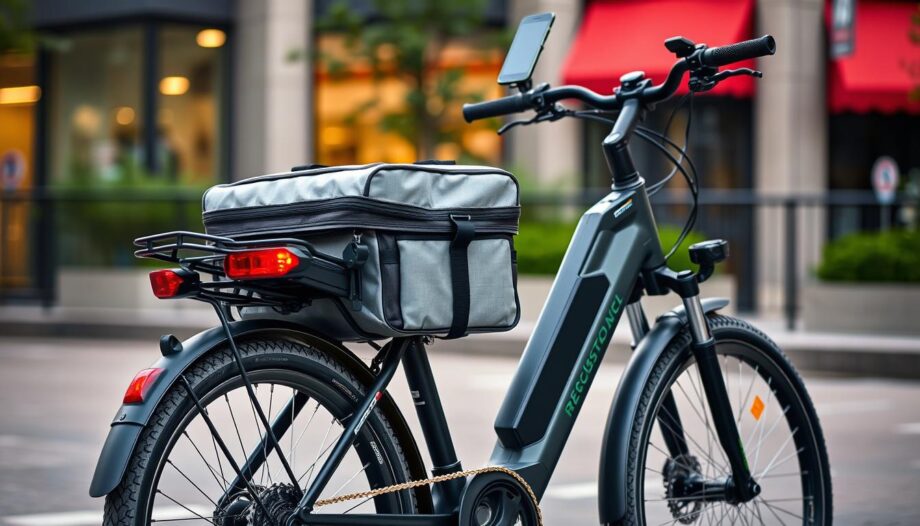
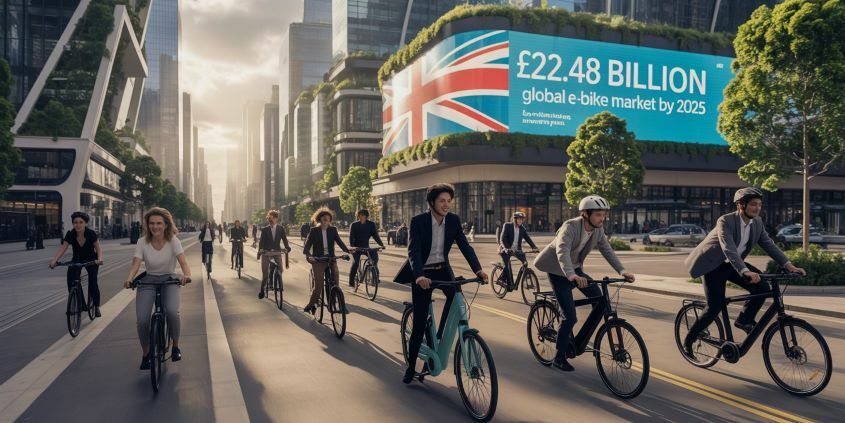
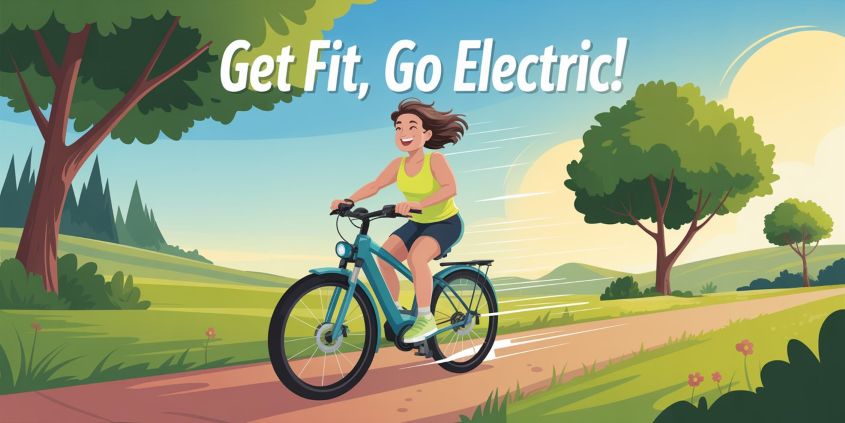
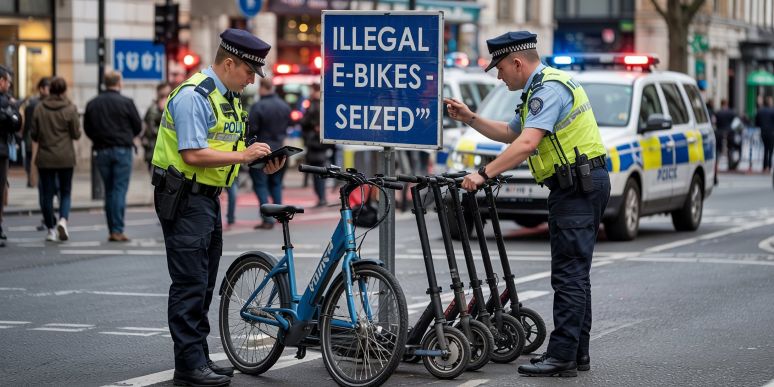
As a disabled person needing a tricycle- 250W for Lincolnshire is great but try living in the Highlands or where I’m based… rural Aberdeenshire, I’m unable to travel any distance in any direction with the 250w motor due to the hilly terrain. Speed restrictions on a 500w motor via the electronic control system could easily be done and that will allow me to travel beyond a 5 mile radius of my base.
I get the issue—250W works fine with pedal assist, but for those who can’t pedal, it’s not enough. Even 500W might struggle on steep hills. The real problem is the lack of legal options for those needing fully electric tricycles. A more flexible approach for disabled riders would make sense. Have you looked into mid-drive or high-torque hub motors? Some perform better on hills even within 250W limits. I live in Sheffield btw I did manage to get up the steep hills with 250 watts with pedal assist but its very slow!
they only care about being in power your problems mean nothing to them ask a doctor to recommend a special licence i am with pain disability and need my 1000 W
These restrictions are ludicrous and nonsensical. People have to be encouraged to behave in a responsible manner, regardless of the power they may yield. It’s not the gun that kills, it’s the person who pulls the trigger. The government has no right to dictate how people must live their lives. If someone behaves irresponsibly, then it is for the government to step in and make provisions to provide a remedy to an injured party.
I’m confused in one instance the UK government is very in favour or carbon zero and more sustainable energy but they are being stroppy around e-bikes an e scooters. Now the Uk police are stopping legal e bike riders and interrogating them when they are going about their lawful activities.
I think it’s proper confusing and annoying, to be honest. The government’s been ridiculously slow to get on board with a fast-moving industry, especially when they’re always banging on about carbon zero and sustainable energy. It’s frustrating how they’re getting all stroppy over e-bikes and e-scooters when people are just trying to ride legally and get on with their day.
a normal bike travels around 15-20 everywhere an electric bike needs to go 25 kmh to keep up it pure government bullying ,,e bikes scooters ,,,should be banned on pavements, or through pedestrian areas that’s all